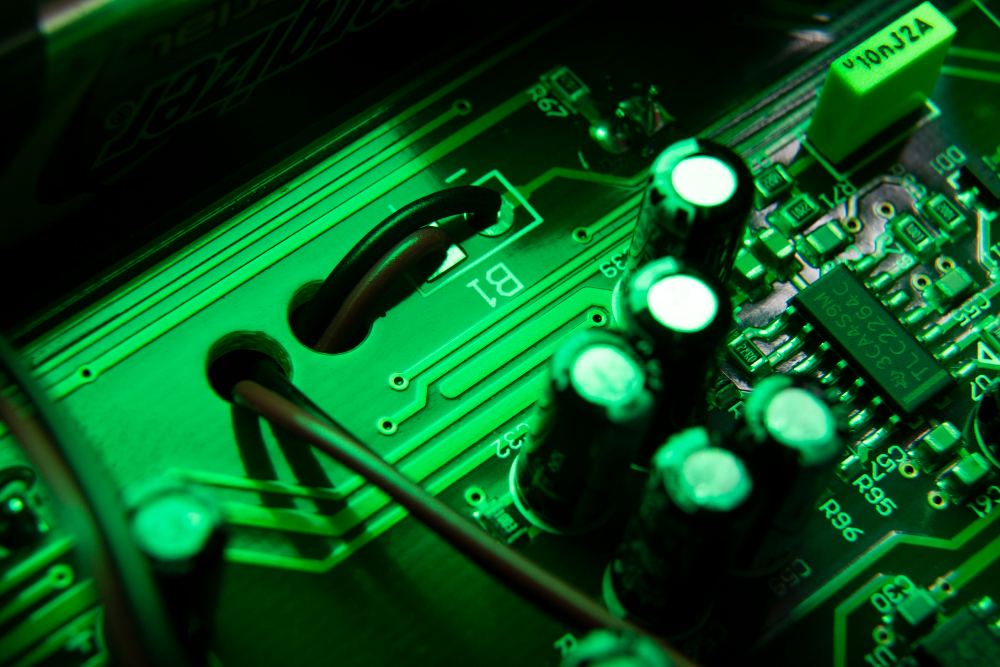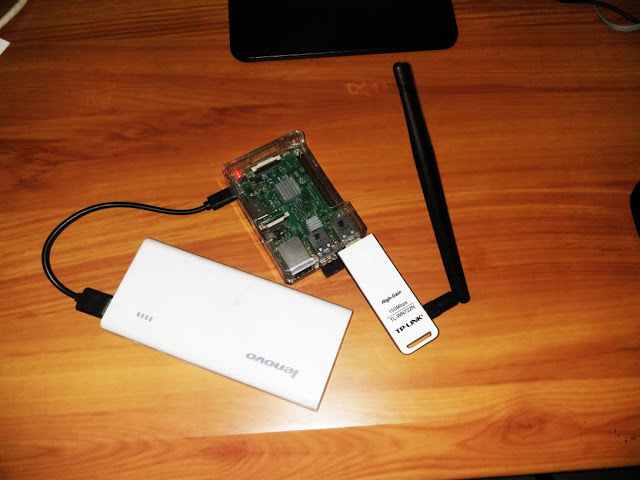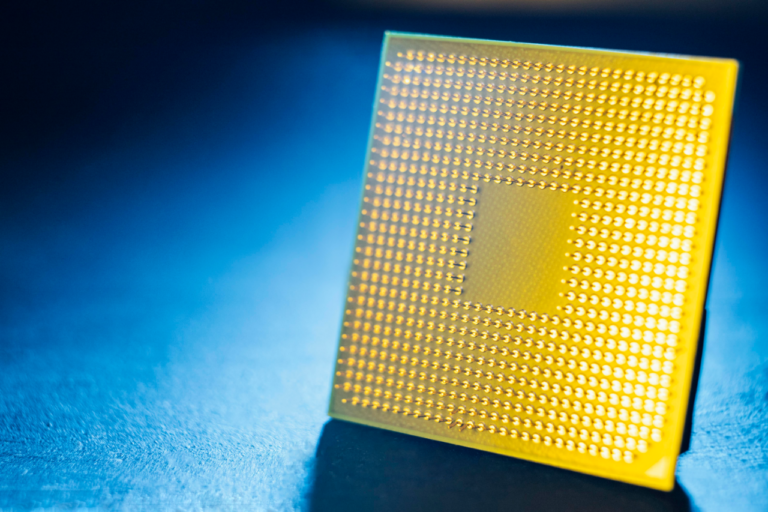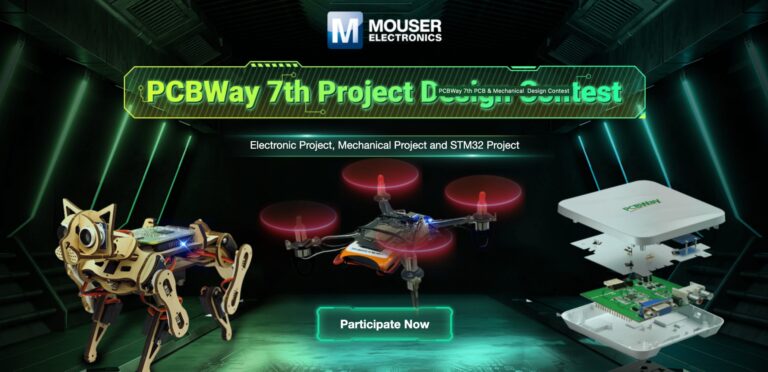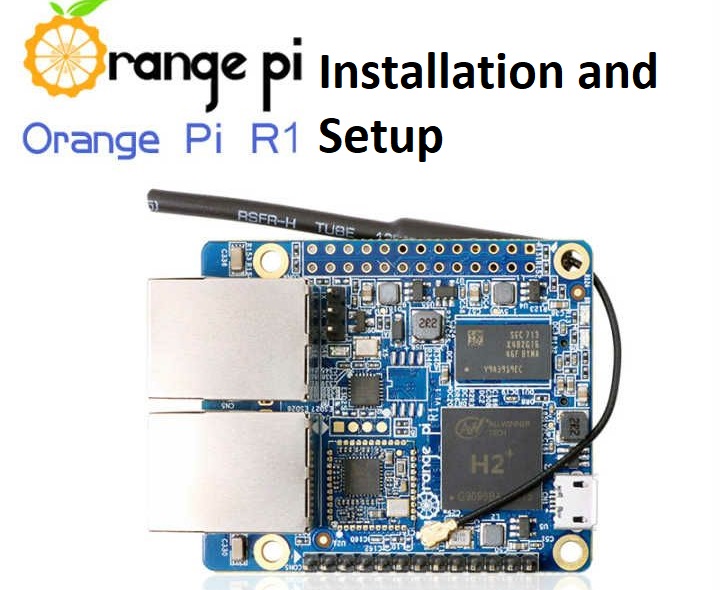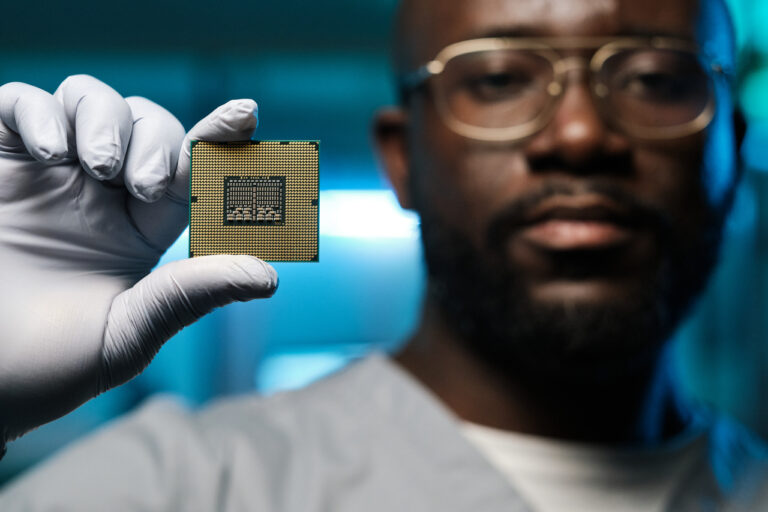Latest Trends in PCB Manufacturing
The introduction of cutting-edge technology and novel techniques is causing a rapid evolution in the PCB (Printed Circuit Board) manufacturing industry. The increased integration of modern materials, such as high-frequency laminates and flexible substrates, which provide more design flexibility and better performance, is one of the newest trends in PCB production. Another major trend is miniaturization, as producers push the limits of size reduction to satisfy consumer demand for small electronic products. Furthermore, eco-friendly procedures and sustainable materials are being prioritized in PCB manufacture in order to lessen the environmental impact of electronic production. Artificial intelligence and automation are also having a big impact, simplifying the production process, increasing productivity, and guaranteeing greater accuracy in PCB assembly. In the upcoming years, the PCB manufacturing sector is probably going to see more breakthroughs and developments as the need for quicker and more powerful electronic gadgets keeps growing. Now let’s examine the most current trends in the manufacture of printed circuit boards.
5G Technology
The design and production of printed circuit boards are being profoundly impacted by the introduction of 5G technology (PCBs). The fifth generation of mobile networks, or 5G, offers previously unheard-of speed and connectedness, necessitating the modification of PCBs to support greater frequencies and data rates. In order to reduce signal loss and interference, PCBs must employ innovative materials in response to the growing demand for quicker and more dependable communication. Massive MIMO (Multiple Input Multiple Output) technology implementation in 5G networks also necessitates the use of intricately designed PCBs to support the array of antennas. The importance of shrinking in PCB manufacturing is further highlighted by the compact form of 5G infrastructure. Collaboration between 5G technology and PCB manufacturing is essential to ensuring the development of effective 5G networks as they are deployed globally. Demand for 5G is growing, and as a result, the bar for flexible PCB design is rising. 5G PCBs have mobile edge computing, broadband control units, and both centralized and decentralized units. In addition, more base stations are required for 5G PCBs since more antennas and coverage are required at higher frequencies.
IoT
The emergence of the Internet of Things has had a significant impact on the PCB manufacturing industry, highlighting the critical role that communication plays in modern electronic products. The Internet of Things (IoT), which is defined as the network of physical items via software, sensors, and internet connectivity, is now a crucial component of PCB design. A few essential elements need to be taken into account in the PCB design for IoT functions. For supporting modern sensors in lower traces, flexible PCBs using HDI technology are recommended. Better signal integrity requires a distinct division of analog and digital circuits in the PCB architecture. Enhancing heat dispersion and preventing hot spots are possible with the implementation of temperature control methods. RF and radiation approvals for the PCB design are necessary because wireless communication is prevalent in Internet of Things circuits. Extended battery life is another expectation from users for the devices, hence long-lasting PCB designs are necessary. Because gadgets are getting smaller by the day, PCB designers must overcome manufacturing limitations and all electrical requirements.
Recyclable PCB
A critical first step in producing electronics in an environmentally responsible manner is the use of sustainable PCBs. People are becoming more conscious of the effects that PCB fabrication has on the environment as the demand for electronic gadgets rises. Biodegradable components, production techniques, and disposal strategies are given priority in sustainable PCBs. With recyclable and non-toxic materials more widely used, manufacturers are reducing the environmental impact of PCBs. Furthermore, energy efficiency is emphasized in sustainable PCB design, which adds to the overall environmental sustainability of electronic products. The sustainability of PCBs is further improved by incorporating the ideas of the circular economy, which emphasizes material recycling and reuse. Sustainable PCB practices are essential to reducing environmental issues related to electronic waste and production processes as the electronics sector adopts a more environmentally conscious stance.
HDI PCB
HDI PCBs are commonly utilized in devices intended for miniature applications, automotive applications, and aircraft. Therefore, HDI PCBs become necessary. Compared to other PCBs, high-density interconnects (HDI) PCBs are lighter, smaller, and provide fast, dependable signals. These PCBs, which have several routing possibilities, offer an appropriate circuit route established by hardware design professionals. Engineers can fit more power and functionality into a smaller amount of space because of HDI PCBs’ increased wire density and smaller trace widths. Additionally, they lessen the need for stacking, which lowers production costs. As a result, HDI PCBs are becoming increasingly important in the newest gadgets and technologies.
Flexible PCB
The PCB industry has seen a significant increase in the use of flexible PCBs due to the development of smaller circuits. They can flex to fit a variety of sizes and shapes. In a situation with high temperatures, Flex PCBs can operate reliably. The board is a good option for commercial, automotive, medical, and aerospace electronics because of its compact size and dependability. With the use of flex PCBs, mode stress can be reduced and shaped into the desired dimensions. Different new medical tools have been developed as a result of their adaptability to attach to any component. The primary obstacles, however, are the higher cost of materials and intricate manufacturing processes. In order to prevent damage, they require a suitable storage space. Flex PCB repair is a difficult and costly process.
High-power PCB
There is a constant requirement for high power boards. This is a result of the proliferation of electric gadgets, which necessitate higher voltage boards (48V and above). High-power PCBs are used in devices like electric vehicles and solar energy converters. When designing high-power PCBs, issues including excessive heat dissipation, user safety, and product durability are some of the things to consider. To enable high-voltage designs, these PCBs have more copper traces and are thicker overall. To prevent overheating, it is essential to estimate power requirements and design with adequate air circulation.
Commercial Off-The-Shelf Solutions
They are also known as COTS and include boards, modules, and components. It is easy to incorporate COTS components into existing systems. The aerospace industry makes substantial use of COTS. In order to guarantee quality and safety, cut major initiative costs, and finish projects more quickly than ever before, space development projects are using PCB COTS.
PCBWay
A passion for PCB projects leads to a variety of practical chances to investigate electronics and technology. By working on PCB projects, hobbyists can put their theoretical knowledge to use, sharpen their practical abilities, and let their creativity run wild when creating circuit layouts. PCB projects are a rewarding way to learn and be creative, whether you’re making a custom PCB for a personal project or adding to the ever-changing electronics industry. If you’re an electronics hobbyist or enthusiast, PCBWay is the ideal option for you if you’re interested in creating PCB projects.
PCBWay is a leading PCB manufacturing and assembly service provider, that aligns seamlessly with the latest trends in PCB technology. In order to satisfy a variety of design requirements, the platform integrates innovative production techniques, which accommodate trends like the integration of flexible substrates and high-frequency laminates. Because of its dedication to staying up to date with the most recent developments in the industry, PCBWay is regarded as a dependable partner for individuals looking for innovative solutions in the quickly changing PCB design and production scene.
A variety of innovative features provided by PCBWay set its PCBs apart in the highly competitive electronics manufacturing market. One noteworthy aspect of the platform is its capacity to create PCBs using a variety of materials, meeting the changing requirements of contemporary electronic gadgets. High-density components, flexible substrates, and elaborate designs can all be integrated thanks to PCBWay’s sophisticated fabrication techniques. The platform also offers consumers extensive customization choices, enabling accurate specifications catered to unique project requirements. PCBWay is the go-to option for anyone looking for dependable and cutting-edge PCB solutions because of its dedication to quality, rapid turnaround times, and user-friendly interface.
PCBWay provides an extensive range of services that enable users to effortlessly upload their designs and modify specifications to fit diverse project needs. PCBWay has established itself as a reliable option for professionals, amateurs, and electronics enthusiasts looking for excellent PCB fabrication services because of its dedication to high-quality production, affordable prices, and quick turnaround times. The platform is a go-to resource for people navigating the complexity of PCB design and manufacture because of its commitment to innovation and client satisfaction.
One unique platform that encourages cooperation, innovation, and knowledge exchange among experts, hobbyists, and electronics enthusiasts is PCBWay’s Project Community. People can demonstrate their PCB creations in this dynamic community, share ideas, and get ideas from the wide variety of technologies on exhibit. Through project sponsorships and awards, PCBWay actively promotes participation, fostering a vibrant community that stokes enthusiasm and knowledge in the field of electronics. The Project Community highlights PCBWay’s dedication to creating a friendly and cooperative ecosystem within the electronics community by acting as a platform for networking and education in addition to showcasing individual accomplishments.
Conclusion
A dynamic and revolutionary phase in the electronics industry is indicated by the current trends in PCB manufacture. The industry’s dedication to sustainability and innovation is demonstrated by the use of cutting-edge materials, a focus on miniaturization, and the adoption of ecologically responsible procedures. Designing PCBs to handle higher frequencies and more demanding connectivity is becoming more difficult because of the impact of 5G technology. More intelligent and networked gadgets are being produced as a result of the confluence of PCB technology with IoT. Efficiency and accuracy are being driven in the production process by automation, artificial intelligence, and an emphasis on energy efficiency. These patterns are predicted to change as long as there is a need for faster and more potent electronics. Flexibility, sustainability, and cutting-edge technology will continue to play a major role in how PCB manufacturing develops in the future.







